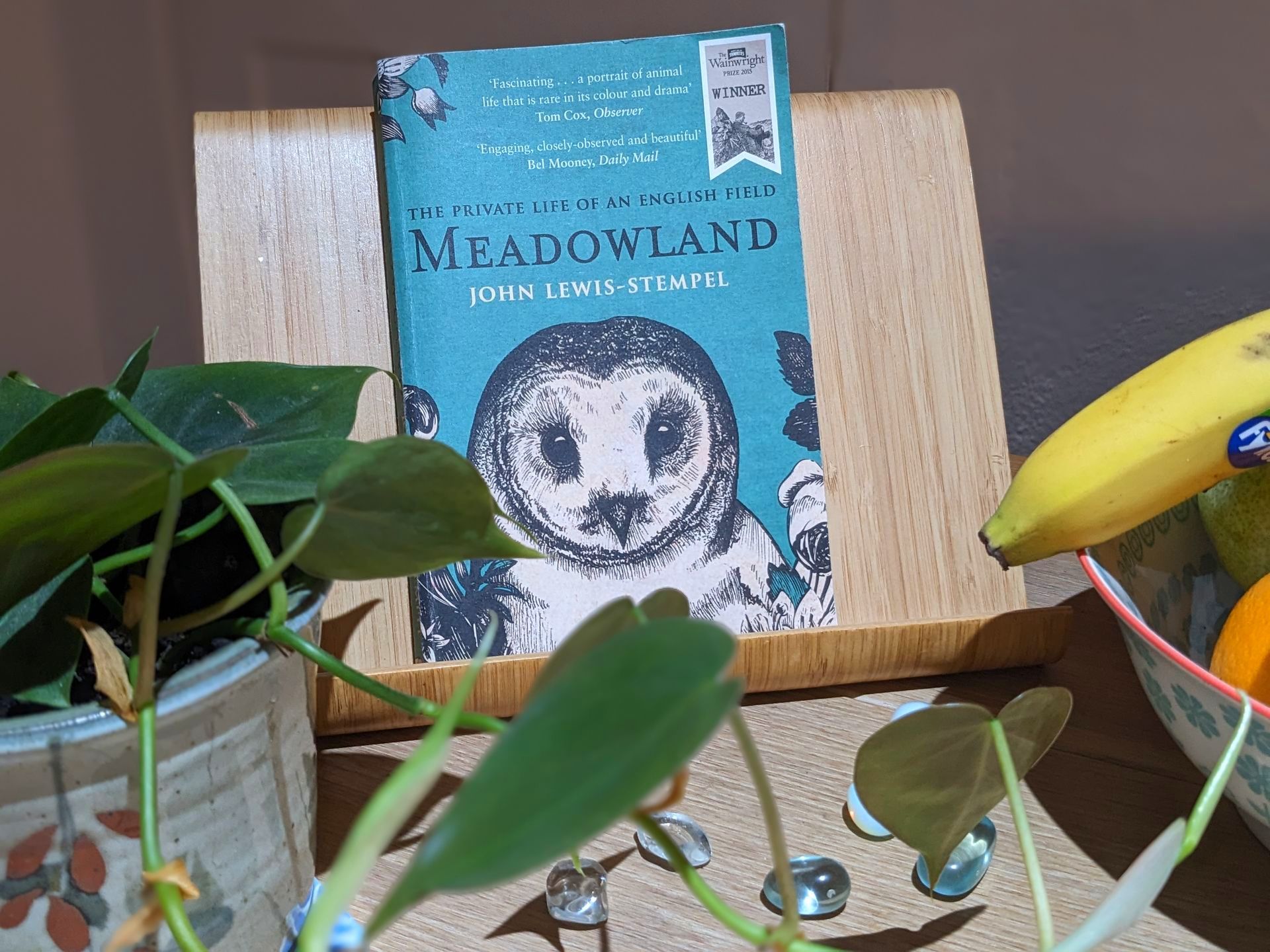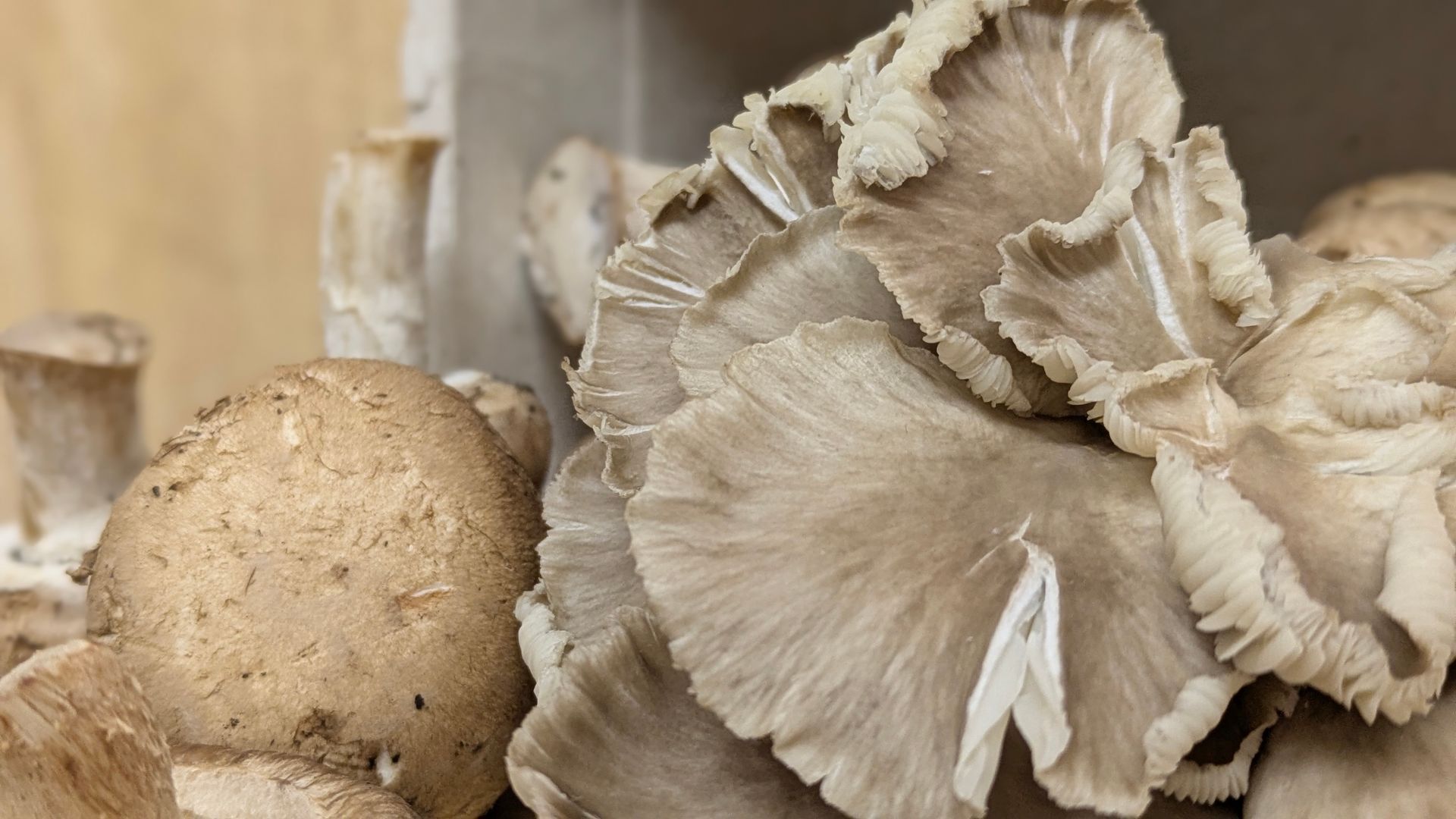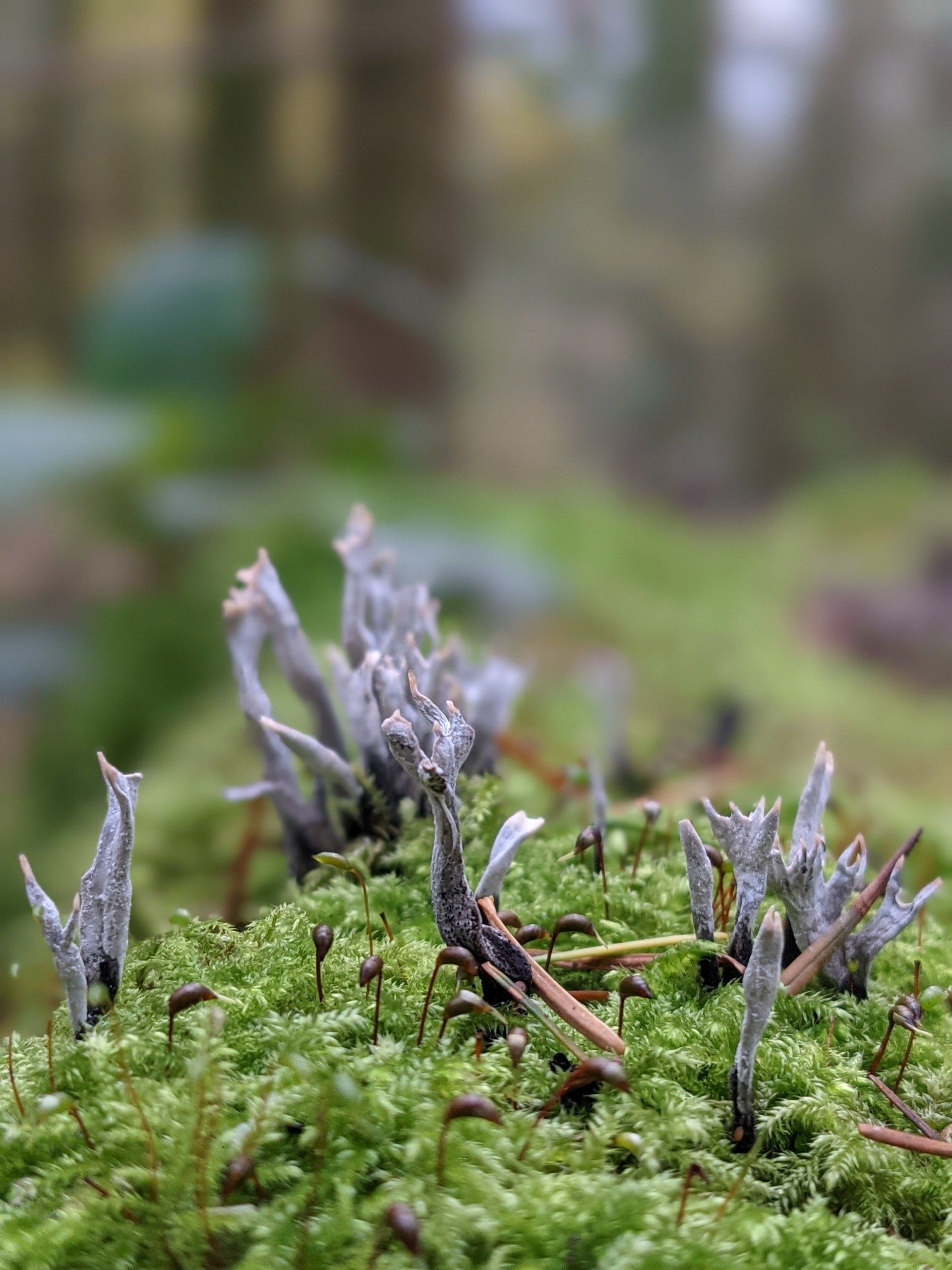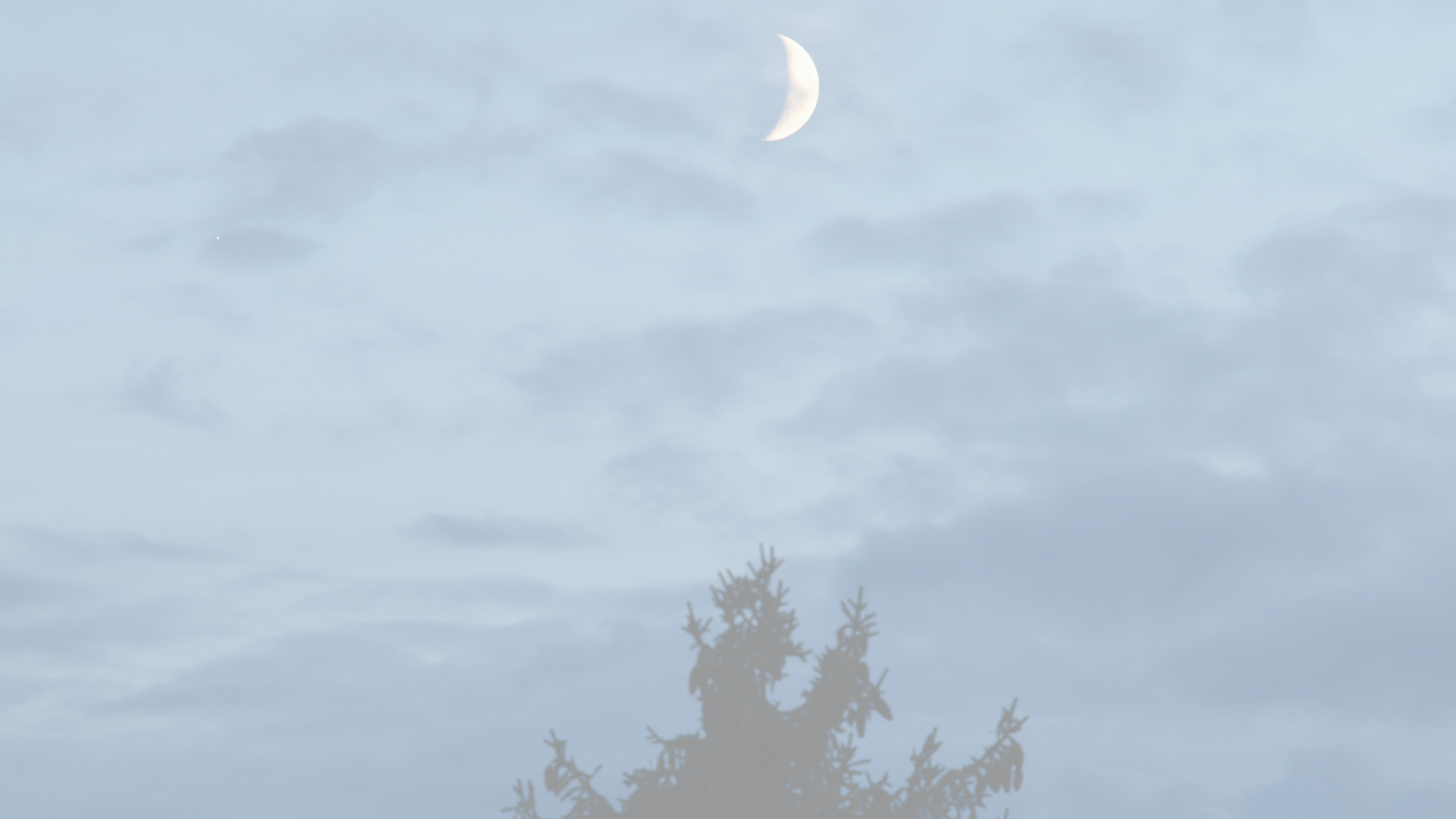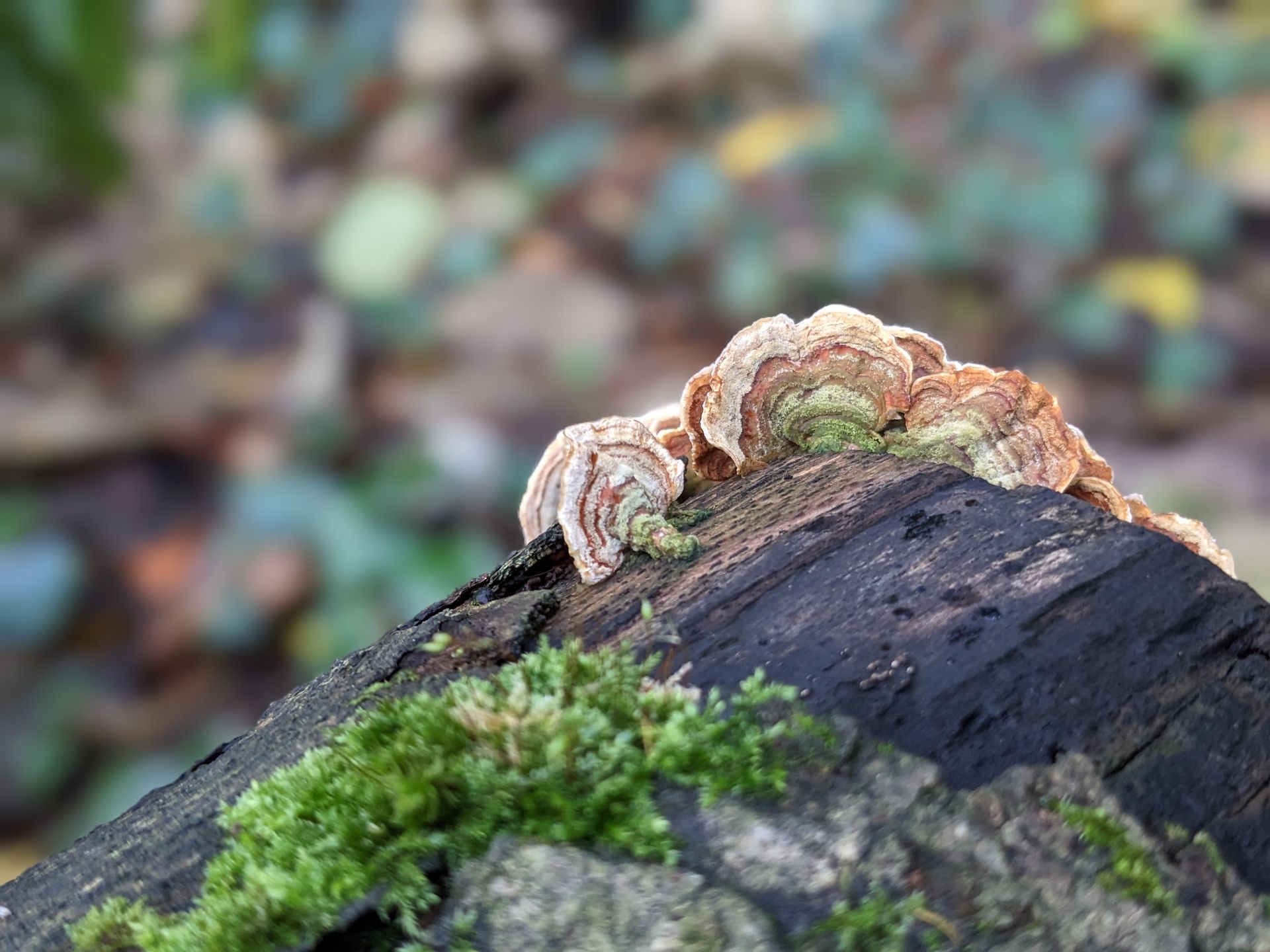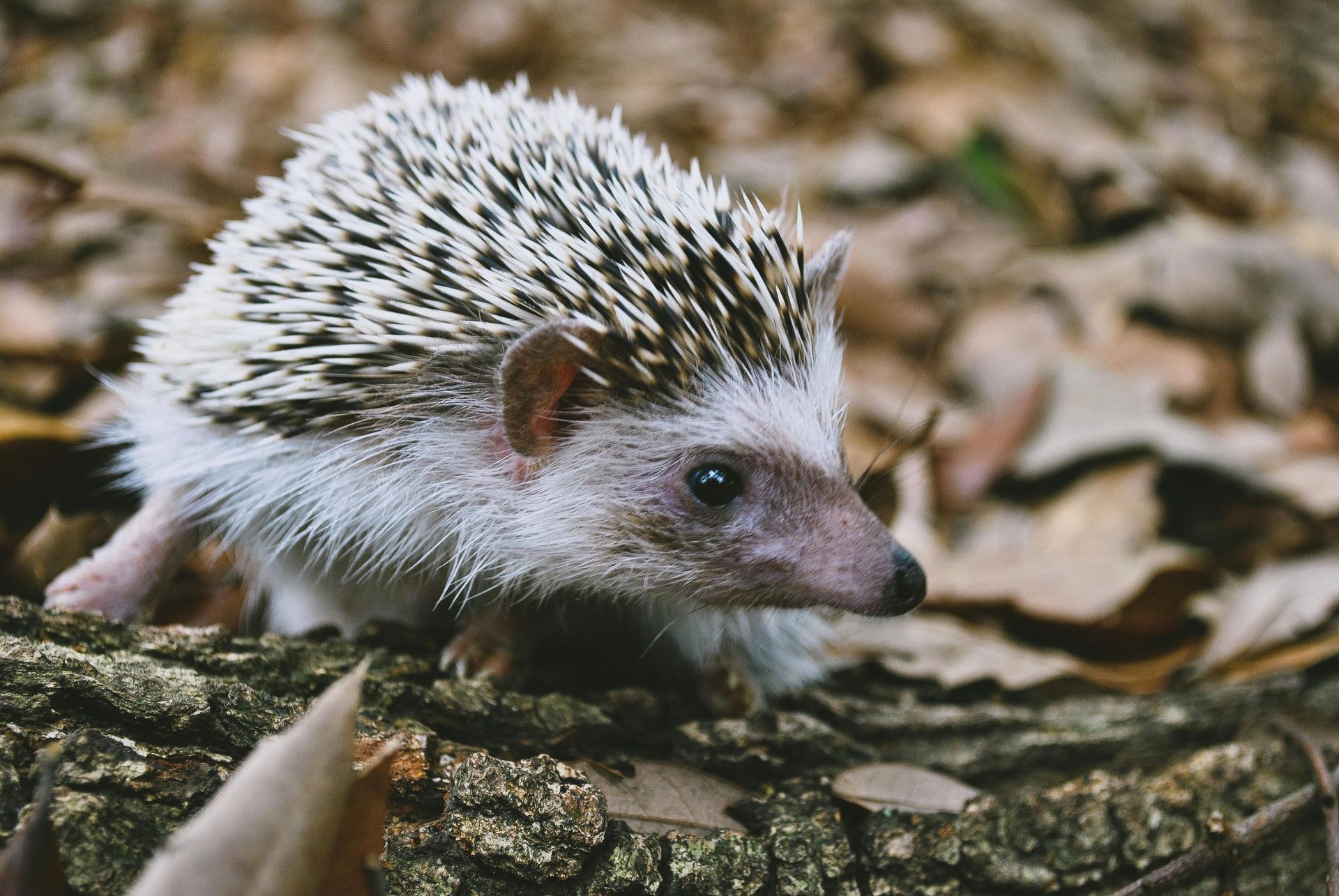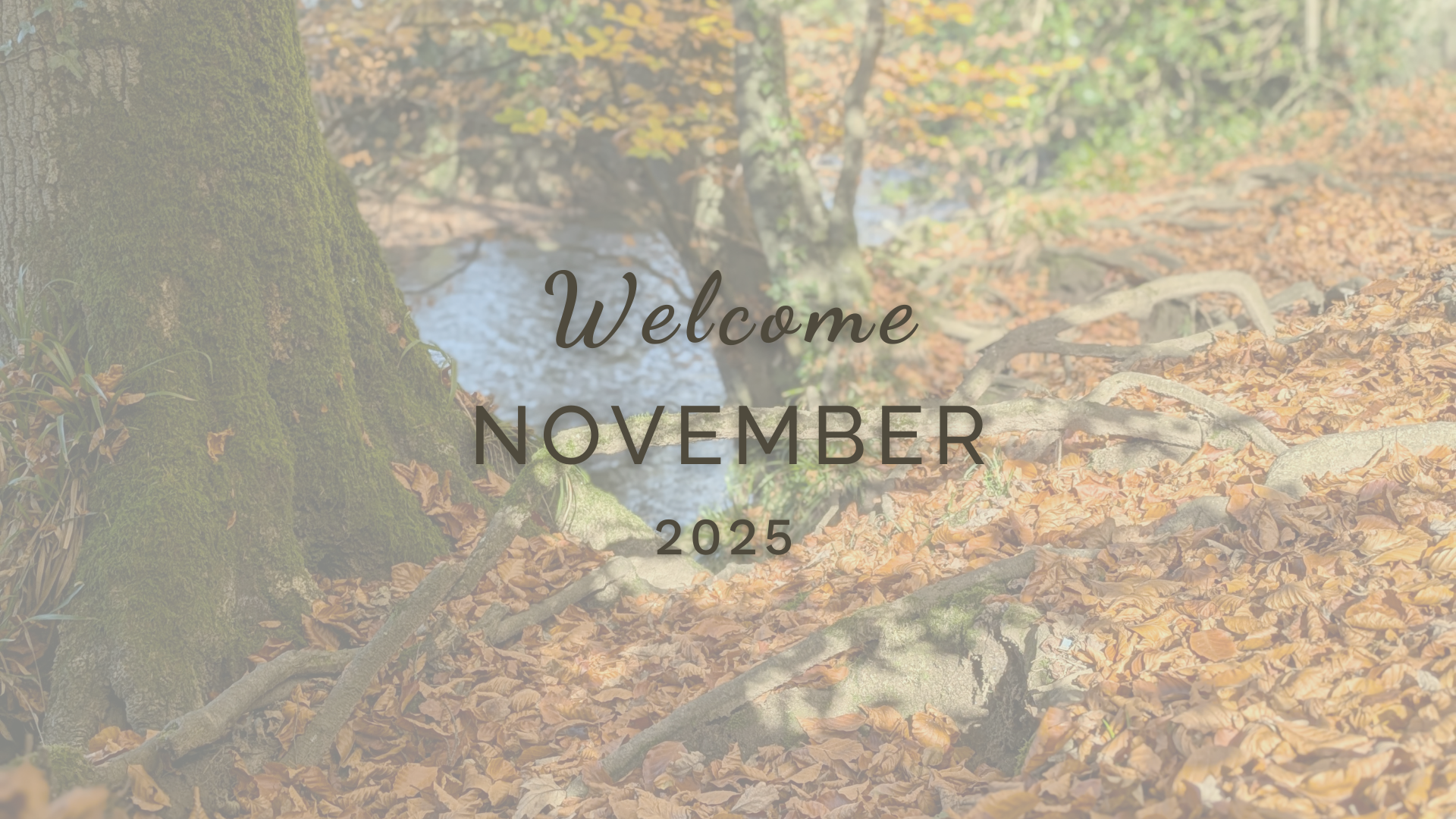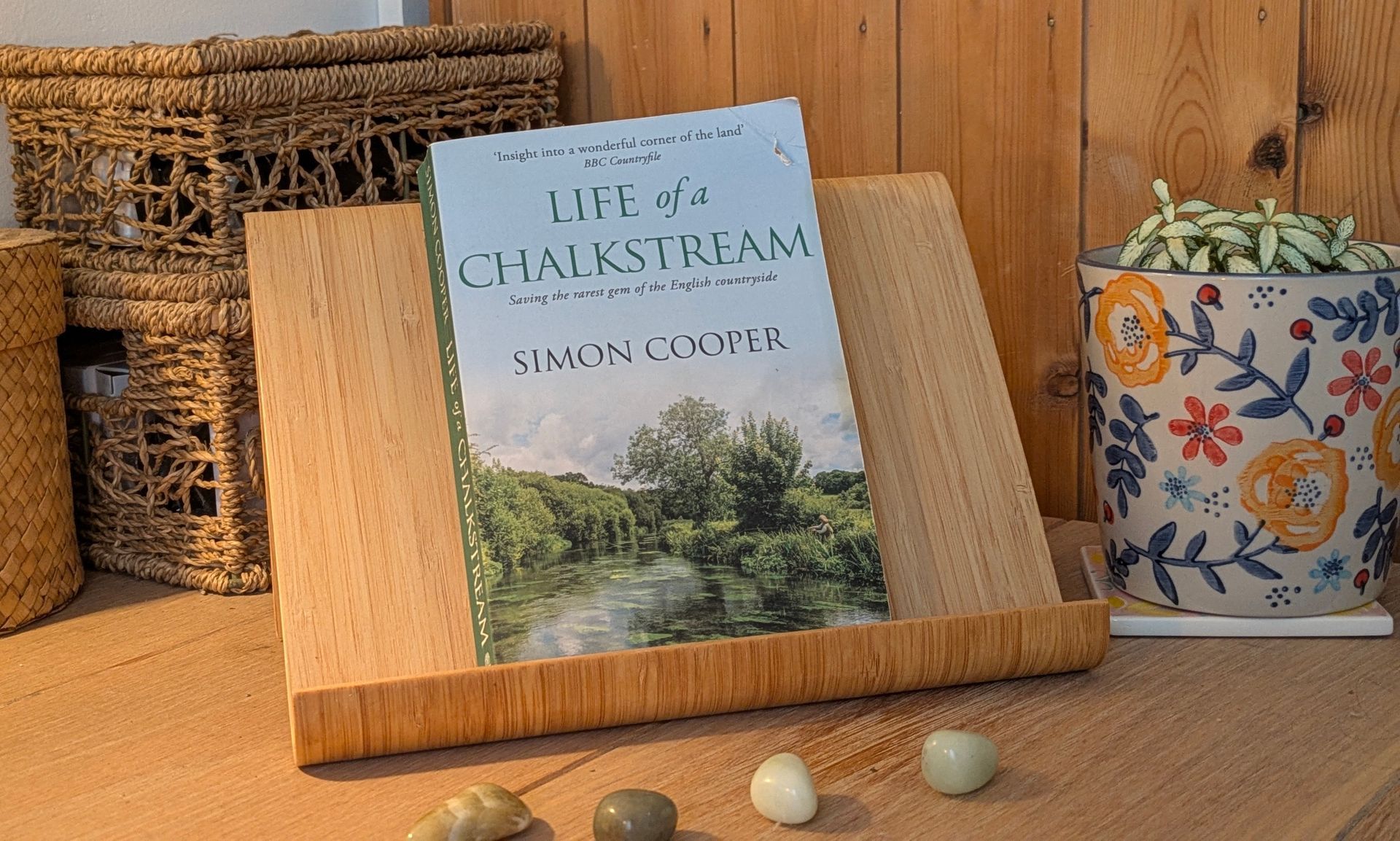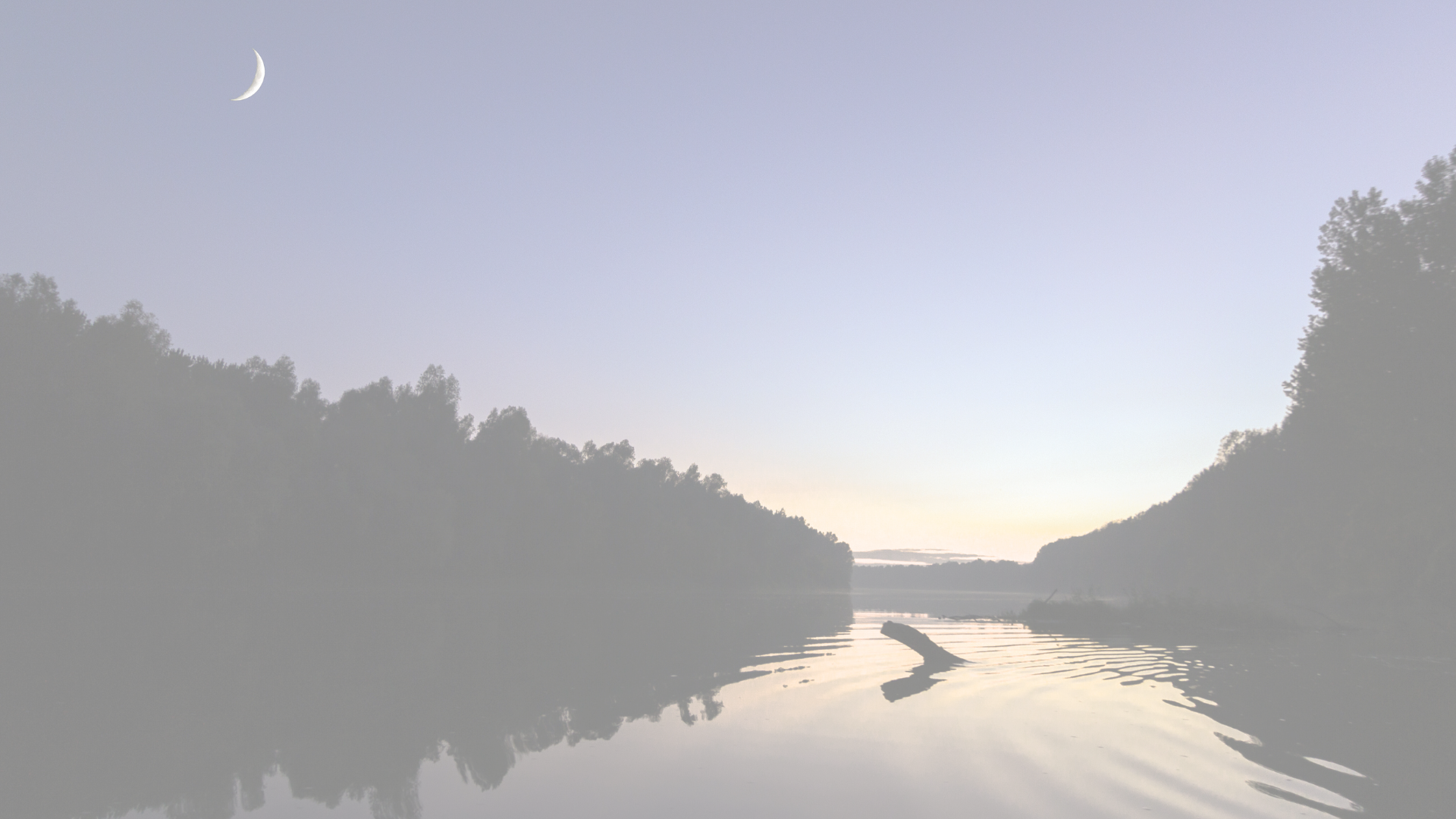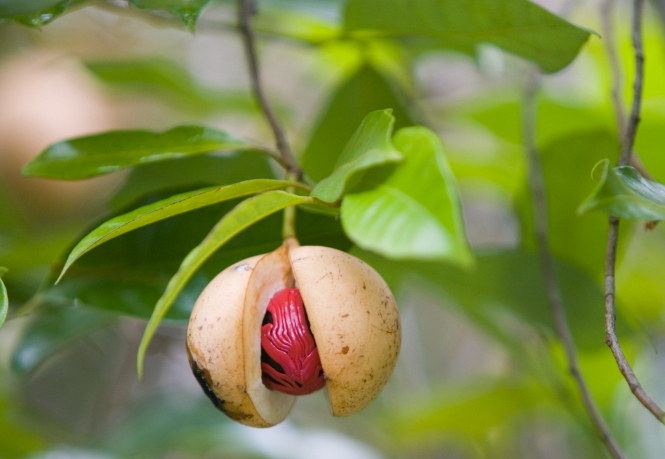Meadowland by John Lewis-Stempel
An exquisite account of Nature in the fields of England through the seasons
Meadlowland is a wonderful book that takes you to the heart of the English countryside to experience the flourishing, blossoming and dying down of Nature through each month of the year. John Lewis-Stempel tells the story of Nature as it passes through the seasons in an ancient meadow on his farm.
As an addendum in the final chapter, John recalls how he first became interested in Nature. He was a boy given to rambles with his black Labrador dog. Usually alone although sometimes with cousins or friends, John donned an outsize pair of Boots Empire 10 x 50 binoculars which always swung huntingly when he climbed trees to peer into birds' nests.
Early inspiration
John recounts some of the many books he read when he was young at Hereford Library. This includes various books to identify birds and wild animals, and *Down the Bright Steam, The Wild Lone and *Brendon Chase by Denys Watkins-Pitchford. The latter is a classic book about boy's adventuring in the British Countryside in the story of the Hensmen boys living wild in the woods.
Other books include WIliam Cobbett's self-sufficiency class, *Cottage Economy, and Barry Hine's *A Kestral for a Knave which made John understand the privilege of having a pet. As he rightly says, you never feel lonely with the love of an animal. A list of books are included at the end of the book and I have marked several to add to my reading list.
A seasonal guide
Each chapter of Meadowland is dedicated to a month of the year starting in January. I have selected a quote for each month to give you a flavour of John's beautiful prose, indepth knowledge and keen observations.
January
A meadow is a place where grass and flowers are grown for hay, the dry Winter fodder for livestock. A meadow is not a natural habitat; it is a relationship between Nature, man and best. As its best, it is also equilibrium, artistry.
February
At the far end of the field the unseen Raven voices a mindless metronome of croaks. She is sitting tight on her eggs in the triangle of Firs across the dull stream, and has been for the last week. Ravens are famously early nesters.
March
Dandelions have not always been weeds. In the Victorian era they were cultivated in walled gardens and eaten by the artistocracy in dainty sandwiches.
April
There is no finer soil than the soil of the meadow Ant's nest, for each individual particle is dug out and then hauled by the Worker Ants to take its place on the mount top, all stones and debris left behind.
May
The first Red Clover flowers appear, on which several species of Bee are feeding, late into an evening of Tuscan light, with the desperation of Titanic survivors clinging to life rafts. The Sorrel heads are already turning into rusty-red towers.
June
The baby-blue air is breathless, only moved by the beat of the Swallows' wings as they hawk midges over the field. But there is noise: the constant drone of Hoverflies, the buzz of Horseflies, the hum of Bees.
July
High Summer and one can hear the Universe; so overwhelming is the accumulated sound of growing in the meadow and in hedges, of pollen being released, of particles moving in the heat, that all the minute motions together create a continuous hum; the sound of Summer.
August
Across the grass islands left for the Pipits, young Swallows skim the meadow, learning the art of the chase. The Blackbirds work the margins of the field, staying close to the hedge; they are moulting and their flight is hampered.
September
Dragonflies are marvels of engineering, able to alter the angle and beat of each of their four wings so they can fly up, down, sideways or backwards and hover for up to a minute.
October
A Magpie sits on the Ryeland's back, pecking at its neck. This is biological symbiosis, ovine-corvine mutuality, despite appearances to the contrary; the Magpie is picking ticks off the Sheep's ears. The Magpie gets a meal, the sheep gets a clean.
November
The Fieldfares and Redwings have been drifting through for weeks, but now they arrive in Viking hordes. They are the sound of Winter.
December
One of those curiously mild, almost Spring days that December can throw up. In the morning the entire field is woven with Spider webs, so much so that the low sun reflecting off them is blinding, like moonlight lying on the sea.
I hope you enjoyed this whistle-stop tour of a delightful book that takes you into the heart of the English countryside where you can learn about Nature through each month of the year.
Sue Cartwright
Spiral Leaf
Buy the book!
Purchase a copy of this enchanting and informative book by clicking on the link below. Spiral Leaf may earn a small commission on books sold using this link with no extra cost to you!
Meadowland- The Private Life of an English Field by John Lewis-Stempel
Thank you for sharing!
for you, for me and for Mother Nature
Latest Posts
All Posts

